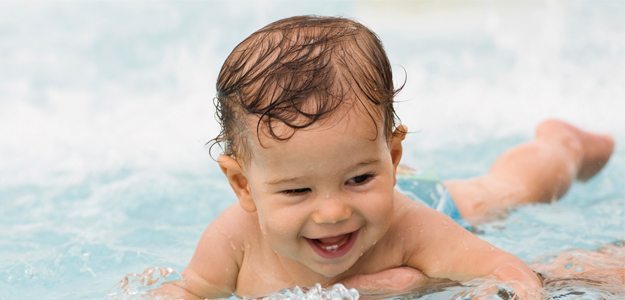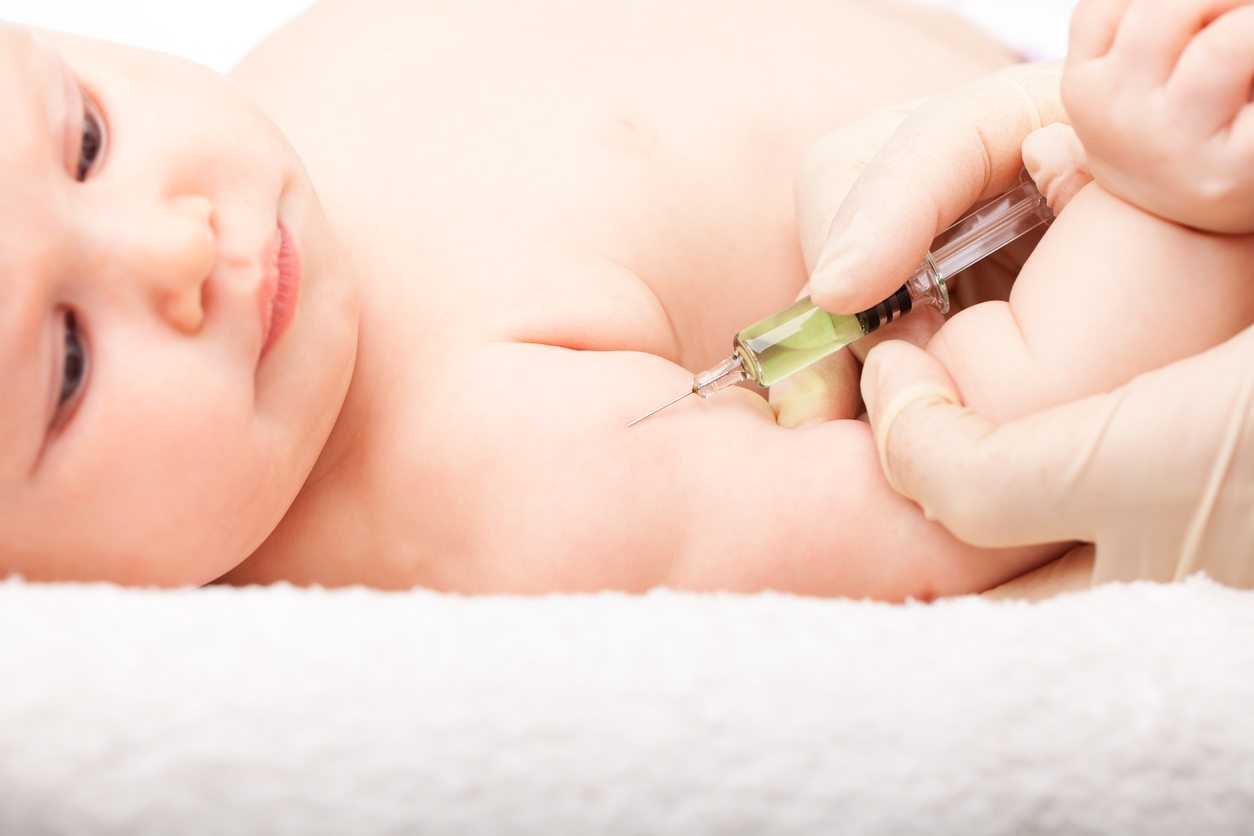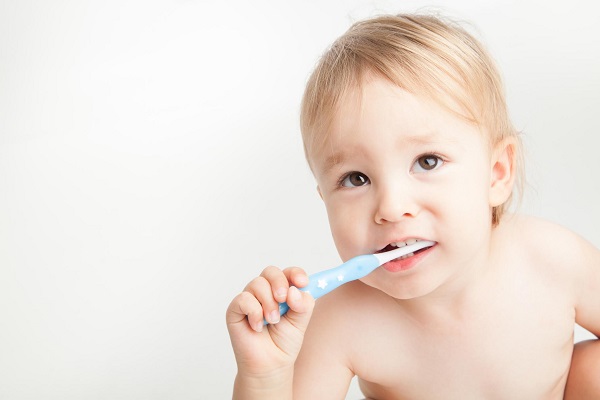LAURA MOLLOY, founder of baby swimming classes, Swimbabes, has eight years experience of teaching babies and toddlers to swim. Here she explains the dos and don’ts of taking your baby swimming for the first time.
Don’t wait
Drowning is a leading cause of unintentional death in children under the age of five, so the earlier you can teach your child to swim the better. Taking a very young baby swimming may seem like a daunting prospect, but babies have a natural affinity to water, as it is a free environment for them, and babies up to six-months-old have a primitive stroke action and a gag reflex that enables them to hold their breath underwater. Many parents think that they need to wait until after their baby has had their vaccinations but, in a properly maintained pool, the chlorine should prevent the spread of any water-borne infections.
Do practice
Take the time to introduce your little one to water prior to, and after, their first swim class. Simply splashing around and floating them in the bath will get them used to the feeling of being in the water, and helps to build their confidence before they’ve even reached the pool. Using toys and songs will encourage a relaxed, fun feel and allow them to develop at their own pace. Early exposure to water will not only encourage a desire to swim but will reduce the chances of a child developing a fear of water.
Read here for information on the best time to bring your baby swimming!
Don’t cut corners
Make sure that you invest in a good quality swim nappy (like the Bambino Mio reusable swim nappy from Clever Clogs or Huggies Disposable Swim nappies) before taking your baby along to a swim class; ideally, one which fits snugly to prevent any leaks. Many companies are contractually bound to ensure that any baby or toddler who is not wearing a suitable nappy is refused entry to the pool.
Do feed your baby
Try to work it so your baby swim class is one to two hours after you’ve given your baby their milk feed; we do not recommend giving a full bottle feed in the hour before a session. For breastfed babies, it’s fine to have a small feed up to half an hour before a class.
Don’t get complacent
Teaching your baby to swim will make them more aware of water and the dangers surrounding it, but it won’t make them drown-proof. It takes less than two minutes for a child to drown and, even if rescued, brain damage can occur in just four minutes. Contrary to popular belief, a drowning child will not thrash around or call out – sadly, it is fast and silent. Never leave your child unattended near water and remain vigilant at all times.
maternity & infant
Originally posted 2017-10-24 14:50:23.









